API 5D is a standard specification commonly used in the oil drilling industry. It covers the manufacturing and design requirements for drill pipes, drill pipe threads, and related components. The following will introduce the API 5D standard step by step from several aspects.
1. Material selection requirements for drill pipes
The API 5D standard has very strict material selection requirements for drill pipes, mainly to ensure that the drill pipes can work safely and stably in oil and gas wells. The material of the drill pipe should be seamless steel pipe, and its production must comply with the API SPEC 5CT standard, and chemical composition and metallographic inspection must be carried out. In addition, the surface of the drill pipe should be processed in a certain way. These requirements can effectively reduce the risk of drill pipe breakage or deformation, and can also extend the service life of the drill pipe.
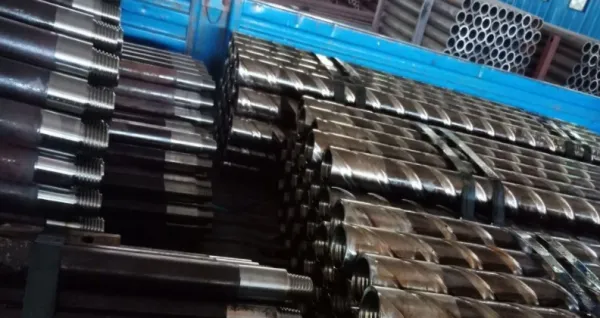
2. Specifications of drill pipe threads
The threaded part of the drill pipe is the part that is most prone to wear and damage. Therefore, the API5D standard is also very strict on the specifications of drill pipe threads. The thread must be high-precision, and the accuracy must reach 10~-4 inches. In addition, the thread must be cut with a single-edge knife and a single-pass cut to ensure the roundness and symmetry of the thread.
3. Mechanical performance requirements of drill pipe
In order to ensure that the drill pipe can work normally under high load and high strength environments, the API5D standard also stipulates the mechanical performance requirements of the drill pipe. It is required that the drill pipe must meet certain strength and toughness requirements in different materials and sizes. At the same time, certain impact tests and tensile tests are also required to ensure that the drill pipe can withstand the expected load in actual applications.
4. Drill pipe size and marking requirements
The size and marking of drill pipes are also the focus of the API5D standard. The diameter, length and thread specifications of the drill pipe must be accurate to the millimeter level. In addition, the specified markings must be printed on the surface of the drill, including information such as the manufacturer, drill pipe model and batch. This can facilitate information recording and management, and is also conducive to timely handling of drill pipe safety issues.Therefore, the implementation of the API 5D standard has important practical significance.
5. When ordering drill pipe manufactured to API Spec sD, the purchaser shall specify the following requirements on the order:
Specification
Quantity
Specification (outside diameter) of internal upset, external upset or internal and external upset (for welding)
Weight per foot or wall thickness
Steel grade
Length range
Seamless
Delivery date and shipping instructions
Purchaser's inspection
The purchaser may also specify the following requirements on the order at his option:Heat treatment of cobalt rod
Melt analysis and additional analysis
Tube coating
Marking in metric units
Tolerance of wall thickness less than 12.5% (for Group 3 products only)
API requires that the ratio of the torsional strength of the drill pipe joint to the torsional strength of the pipe body cannot be less than 0.8. The joint steel grade is 120KSi, so the joint sizes of drill pipes of different steel grades and sizes are different.
6. Drill pipe quality control and inspection
6.1. Quality control
(1) API does not make clear regulations on the chemical composition of drill pipe steel, but only stipulates that the sulfur (S) and phosphorus (P) content cannot be greater than 0.030%. Other elements are determined by the steel mill. The steelmaking level, process control and element ratio directly affect the purity and hardenability of the steel, and ultimately affect the comprehensive performance of the drill pipe.
(2) The process, equipment and quality control level of tube rolling, tube end thickening and joint machining (mainly thread processing) determine the geometric dimensions of the drill pipe.
(3) The heating control during tube rolling and tube end thickening, the overall heat treatment of the tube body, the heat treatment of the joint and the heat treatment of the weld directly affect the comprehensive mechanical properties of the finished drill pipe, such as impact toughness hardness distribution and fatigue resistance.
(4) The control level of the forming of the transition zone in the thickened pipe end is the main factor affecting the fatigue puncture of the drill pipe body
6.2 Based on the product characteristics, the company has formulated the following system:
(1) Procured raw materials are sampled in proportion, including appearance dimensions, flaw detection, chemical elements, mechanical properties, metallographic structure and special performance indicators.
(2) A patrol inspection system is implemented for the posts, and 5% of the samples are sampled. If any unqualified items are found, they will be corrected immediately.
(3) Destructive tests are strictly carried out on joints and welding areas at the frequency required by the standards, and test data are regularly counted and analyzed to evaluate the stability of product quality.
(4) Testing equipment and measuring instruments are calibrated regularly.
7. Introduction to the key process quality control of API5D drill pipe:
(1) Heat treatment of drill pipe joint: It is carried out in a controlled atmosphere protected roller hearth furnace. The heat treatment system is formulated according to the size of the workpiece, and the furnace temperature, furnace stagnation time, quenching and tempering time are automatically controlled to ensure uniform batch performance of the workpiece, no decarburization, and small deformation.
(2) The automatic Brinell hardness machine checks the hardness 100%, and the computer automatically determines to avoid human errors.
(3) Joint thread processing: The drill pipe joint special CNC machine tool produced by Hitachi Seiki is used. The double tool holder processing has high production efficiency. The Japanese Toshiba forming blade is used to ensure the stability of the single parameter of the thread.
(4) Friction crimping: Continuous push-type friction crimping machine, automatic memory crimping parameters, and crimping process parameters that have been optimized many times to ensure the quality of weld fusion.
(5) Weld zone heat treatment: Medium frequency coil heating is used, and NKK's original weld zone heat treatment narrowing technology is used to reduce the heat affected width, ensuring the quality of each weld.
(6) Nondestructive testing of welding area: 100% magnetic particle and ultrasonic testing are carried out. The fully automatic ultrasonic flaw detector has automatic judgment and alarm functions to ensure that no excessive defects are missed.
In general, the API5D standard provides very detailed specifications and requirements for the manufacture and design of drill pipes, ensuring the safety and stability of drill pipes in oil and gas wells from multiple aspects. The use of drill pipes is not limited to the oil drilling industry, but is also widely used in construction, transportation and other fields.






 English
English Español
Español بالعربية
بالعربية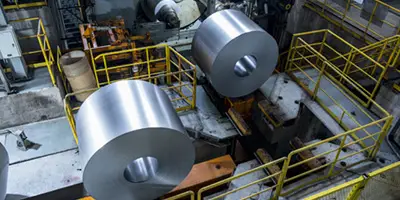
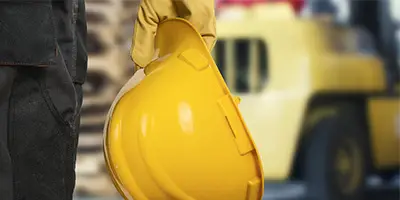
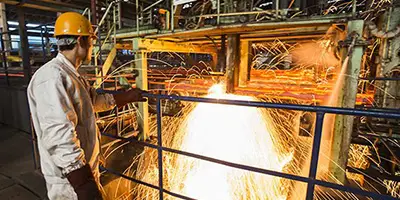
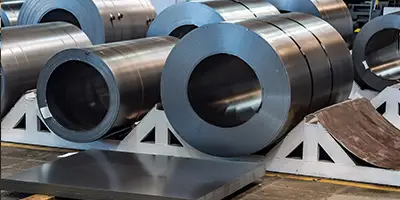

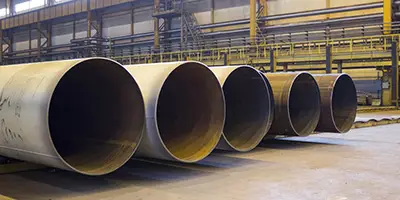
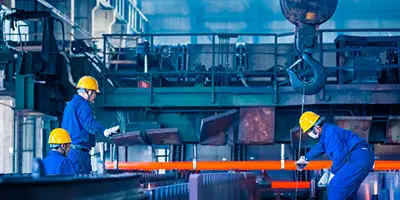
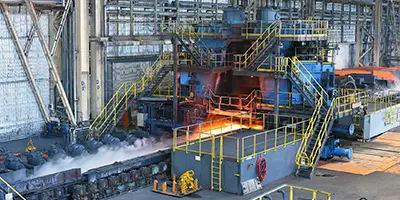
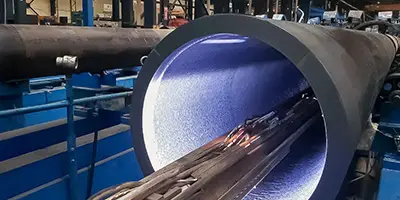
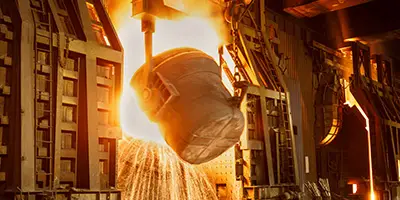


 Phone :
Phone :  Whatsapp :
Whatsapp :  Email :
Email : 


